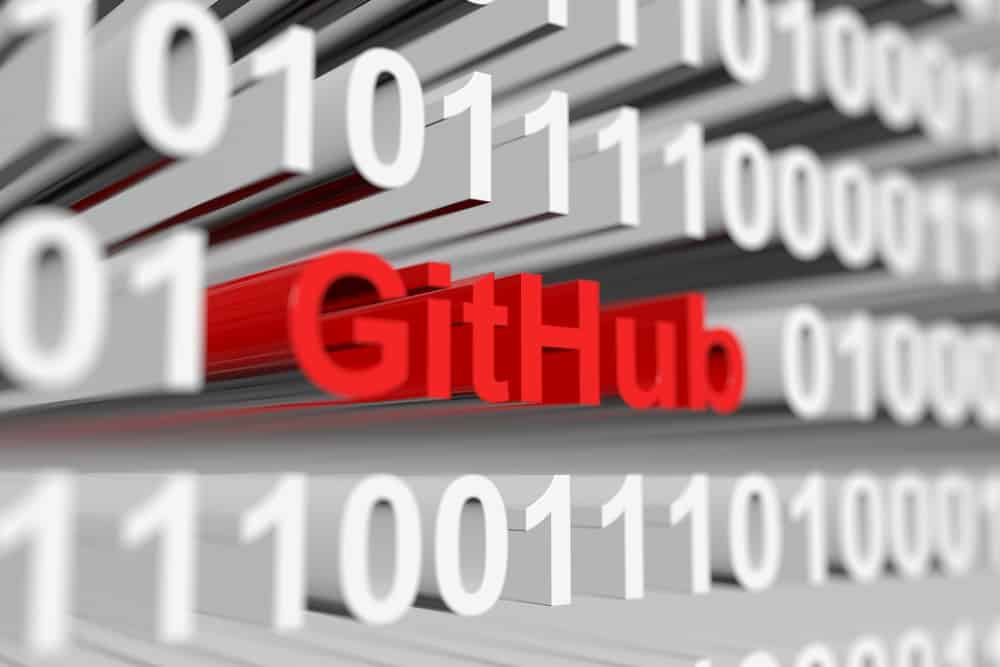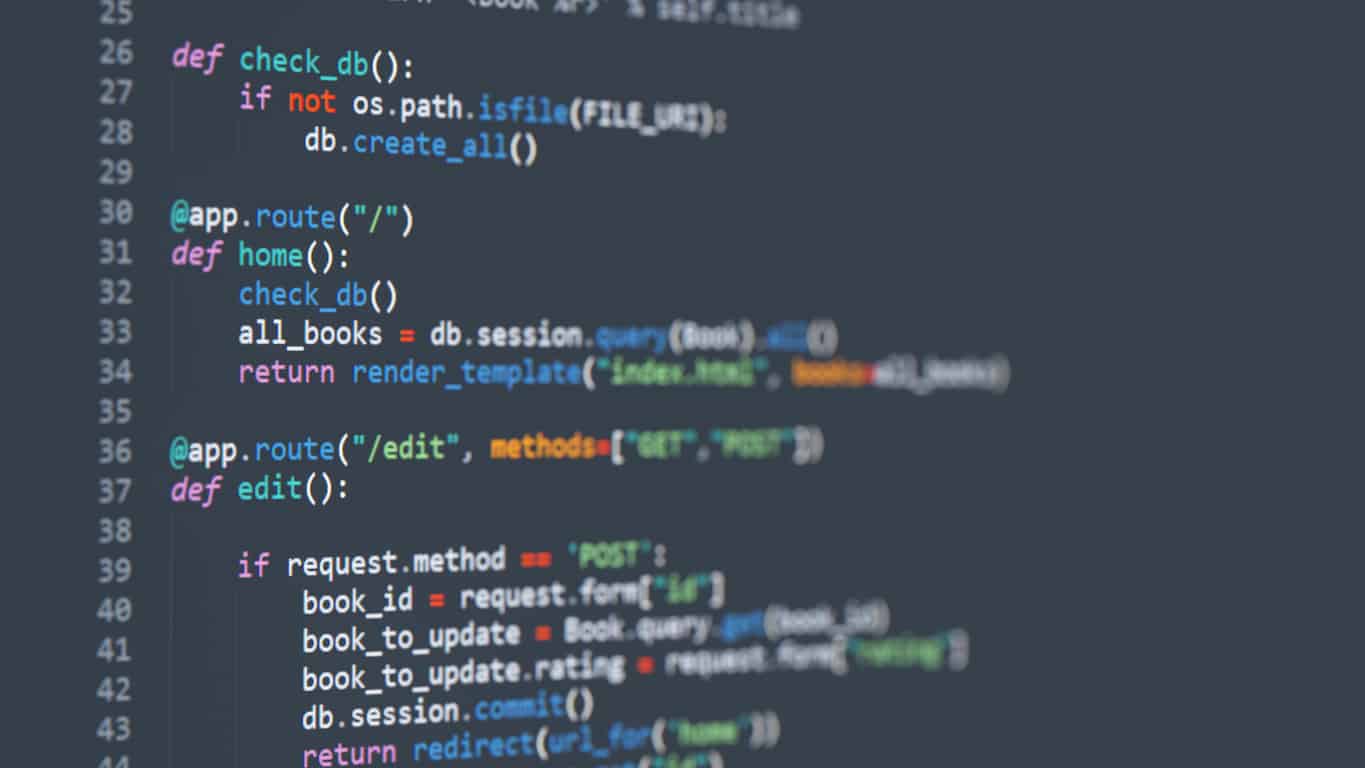Introduction
Git and Github are terms that you might have encountered while coding for WordPress. Going by the naming convention, they sound like the same thing. But ask any developer, and they will tell you otherwise. Every programmer has a different experience with Git and Github. They are both different entities, and the connection between them is not so apparent, even if it may look like so. Think of them as Java and JavaScript with key differences that set both entities apart. When you understand thoroughly about both these tools, you can understand how they differ in functionality. After Microsoft's latest acquisition of Github for $7.5 billion, Git vs. Github has been making the rounds. Let us explore both these tools and why they are important for developers.
What is Git?
Git is a free distribution version control system (DVCS) or tool that is used to track changes and manage source code during software development. Git was developed back in 2005 and soon gained popularity as the preferred tool for high-profile projects. Git is highly responsive and designed to work best with text files. Git is highly reliable at keeping the history of the code and reversing changes if needed. Git is installed on the local device, which makes it easier for developers to collaborate. Since it is exclusive to the cloud, you don’t need any internet service to access it. Developers can access and keep track of their ongoing programming changes through Git, making it the best DevOps tool so far to be used globally. Big companies like Amazon, Microsoft, and Facebook rely on Git in the developer space. Check out the free Git Tutorial to understand the basics and learn more.
Let us break down different key components of Git to understand it better -
- Open-source - Open-source refers to a type of software that is released under a special license. Git is open-source software that anyone across the globe can access. The best part if that it is available for free. Developers can access the code, modify it or even share suggestions to make it better. They also have permission to clone it and add new functionality to it. In other words, open-source software like Git can be developed in collaboration with public users. It contains various products that are accessible by anyone. These include documents, codes, formats, etc. This makes Git a very flexible and affordable alternative to a pricey software tool that belongs to a certain company.
- Control system - Control system works to track the content. As a control system, git can be used to store as well as track content to offer relevant services or features to the developers.
- Version control system - Git supports version changes which means that developers can add their code in parallel to improve its functionality. Just like in the case of an app that constantly gets updated, Git also keeps track of all the previous updates done before.
- Branching - Branching is a very important feature of git. The branching model allows users to create independent branches in the code. These independent branches can also be merged with the main branch to make it available to all the users. This feature keeps things well organized. You can keep making changes in the independent branch and jump to the main branch or earlier branches, delete or recall a branch. By keeping synchronization across the branches, you can avoid any mishaps. Another advantage of branching is that a team of developers can run several projects at the same time in the same codebase. They can change it later when project requirements change as well. Therefore, a git can manage all the versions seamlessly. When working on real-life projects, git ensures that there are no mishaps or code conflicts.
- Distributed version control system - The term distributed version control system is a type of version control that allows users to track back their files between the computers. This implies that the users can contribute to open source and can trace those changes back to their local repository. Therefore, the code gets stored in the central server as well as the local remote system of every developer.
What is Github?
As the name suggests, Github is a hub or Git repository web-based hosting service that offers distributed revision control features along with its own unique features. It allows users to access git’s SCM (source code management) and collaborate for project management, etc.
Think of Github as an online tool that contains all the functional features of git along with some more. It is like Facebook for your actual personality. Just like Facebook is an online database, so is GitHub for git. Unlike git, GitHub is cloud-based and can not be accessed through local systems. Even though basic repository features of GitHub are available free of cost to anyone, it is not entirely free. It is a for-profit and intuitive service that is popular among developers to collaborate on open-source projects.
In addition to offering the basic functionality of git, GitHub also offers developers unique task management tools that are built-in in into its very user-friendly interface. The GitHub marketplace also allows developers to implement additional functions. Its presence in the cloud allows users or authorized developers to access it from any remote location across the globe, provided they have an active internet connection. Some key features of GitHub include -
- It allows developers to collaborate and manage projects or review them for any changes.
- The repositories can be made public or private. These safety features make project management easy and seamless.
- The pull request feature allows developers to stay on the same page regarding the ongoing project's development.
- It is also available on mobile apart from desktop. The straightforward UI makes it easy to access from any remote location.
- Github has special tools to identify any mishaps or vulnerabilities in the code. This crucial safety feature allows developers to scan their projects thoroughly from start to finish.
Git Vs. Github
One of the main differences between Git and GitHub is in their functionality. While both provide an open-source platform for developers, the fundamental difference is in the end goal of both tools. Here are key differences that set git and GitHub apart -
- Git works as a single computer, while GitHub works like a network of interconnected computers.
- Git is a distributed version control software, whereas GitHub is a service built around git.
- Git is an easy-to-use tool that a developer can install on the local system. On the other hand, GitHub is a cloud-based service that allows for remote access from anywhere in the world.
- Git is managed by Linux, whereas GitHub is maintained by Microsoft.
- Git is open source tool for developers which is available for free. Github is an online service that offers some of its features to its users for free.
- Git is primarily used to manage source code, whereas GitHub is used for connecting, uploading, or downloading resources.
- Git is a self-sufficient tool that was released in 2005. It is managed by Linux Foundation to this day. Github required an active internet connection to run and was launched in 2008. It was later acquired by Microsoft in 2018.
- Git focuses exclusively on the management of source code. It can be complemented by other services such as GitHub and GitLab, but git does not require them, unlike GitHub.
- Github is hosting git repositories focused on centralized source code sharing, whereas git focuses on version control.
- Github comes with git functionality and other additional features such as task management. Git does not include any user management feature.
- Git remains open-sourced from the start. In the case of GitHub, you can access free tiers for open-source content, but other tiers involve payment.
- Git comes with a desktop interface known as git GUI. Github provides mobile as well as desktop interfaces. The desktop interface of GitHub is known as the GitHub desktop.
- Github also provides a git marketplace for the implementation and integration of tools. Git provides minimal tool integration from external sources.
- Some competitors of git include Azure, Mercurial, DevOps Server, etc. Github competes with AWS Code Commit, Git Bucket, etc.
- Git does not require GitHub, but GitHub can not be used without git.
- Git and GitHub differ in the way they handle commands. The developers of git use a command-line tool that allows them to change code like commit and merge changes within their local systems or devices. On the other hand, GitHub offers a cloud-based graphical interface that offers developers an array of useful features. Users can access control and use collaboration features and special task management tools.
- Git focuses on SCM tasks such as merge, fetch, push, commit, reset, etc. Github acts as a host for git repositories and stores code in a centralized location on the server.
- Github acts as a location that allows users to upload copies of git repositories. Git helps to manage multiple versions of changes on the source code which can be later transferred into git repositories.
- Git is a very responsive tool. The branching feature allows developers to work with independent local branches without changing the main one. Github allows developers to share codes with each other and coordinate together on a single project in real-time.
- Github is designed to manage open-source projects that require git. Developers can make use of additional features of GitHub to review and make changes without overwriting the original work. Git simply lets you keep track of original source code history. While git allows ‘push and pull’ changes to the projects, it can not read the new changes made by developers in real-time. This makes git best for individual use, contrary to GitHub, which is highly recommended for collaborative projects in real-time.
Conclusion
Git and GitHub come with their own share of features and drawbacks. Functionally speaking, GitHub offers more features than git alone. Github is a preferred networking service for developers and web professionals. With the publicly available repositories, GitHub users can contribute to each other’s code. This process is termed ‘social coding.’ The project manager can assign tasks to individuals or groups and invite them to collaborate. The comment moderation feature keeps everyone updated on the ongoing project. This is where git has its limitations. It can only be used locally, making it ideal for individual use.
Developers can also share GitHub projects and keep a timeline of their contribution to the project. This is highly beneficial for new developers who are trying to build their portfolios. On the other hand, if you are using git, you can keep snapshots of your project over time. You can easily get started with either git or GitHub by simply making an account and installing it on your device. Git is preferred for its affordability, while accessing some of the best features of GitHub requires you to access tiers that require you to pay monthly or yearly.






